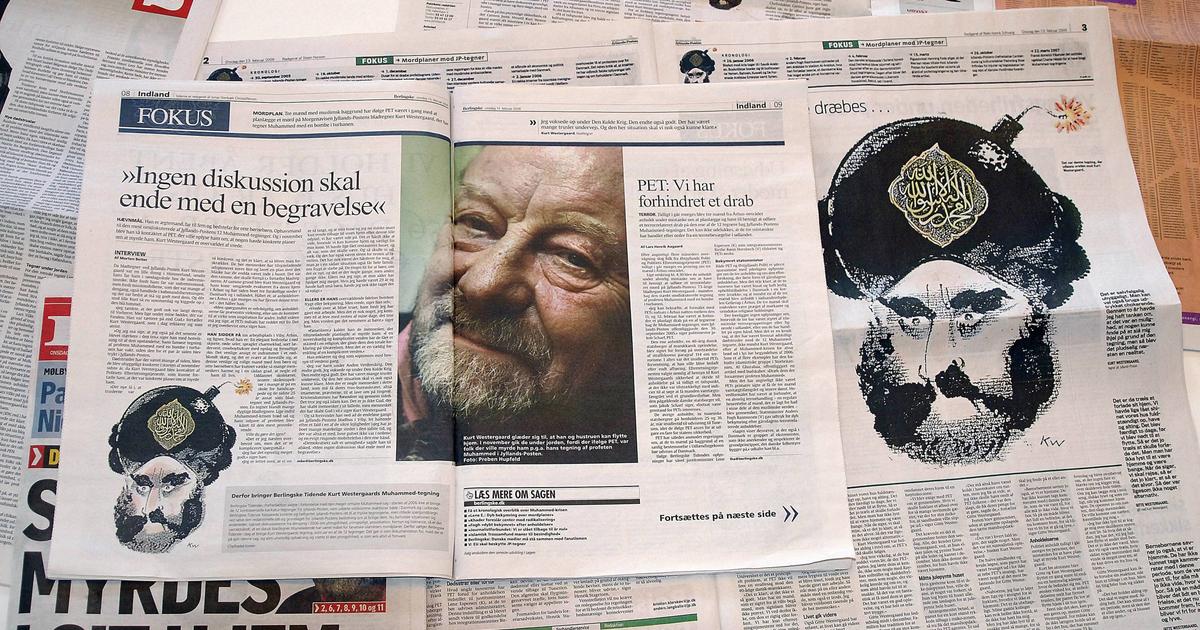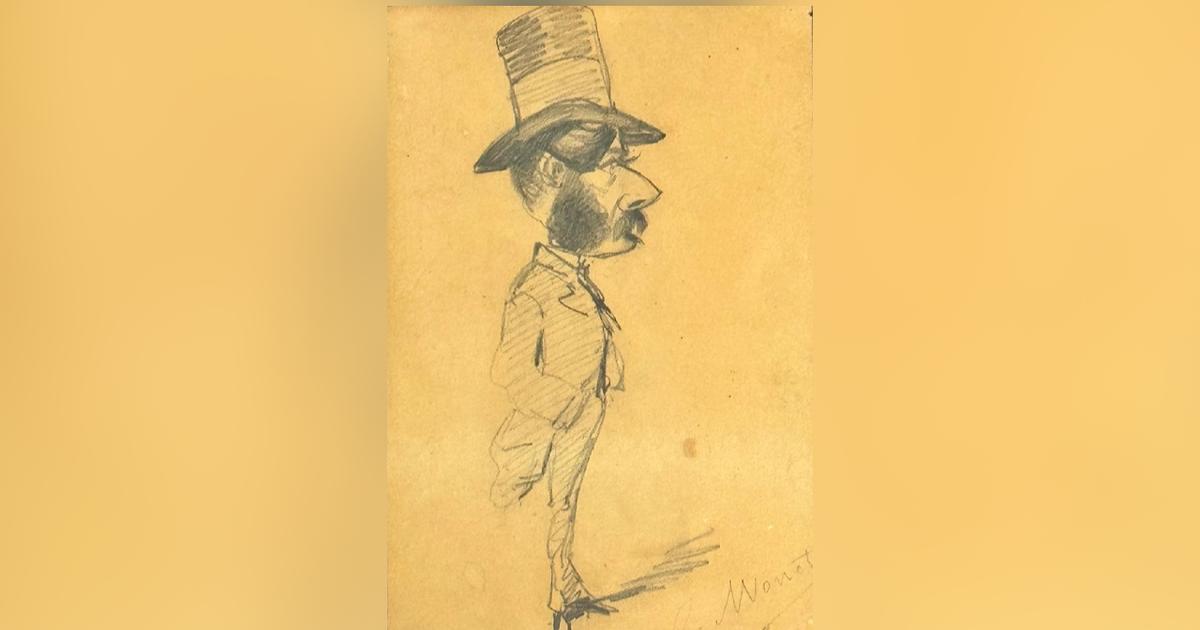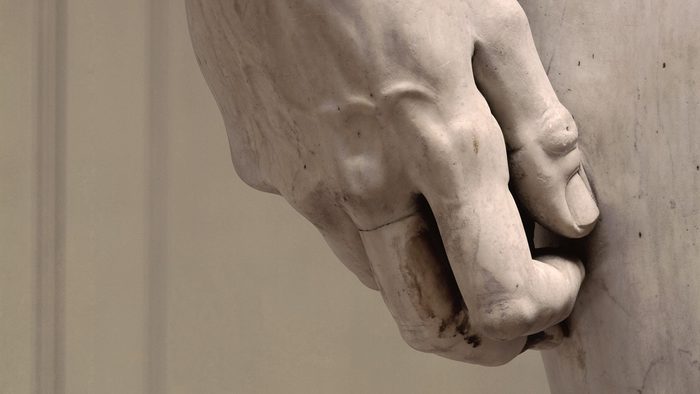It is not just any illustration.
The original drawing for the third edition of the
Tintin in America
album , which shows the young reporter tied to a wooden post, will be auctioned on February 10 next year at the Artcurial house in Paris.
The work, made in Chinese ink by the Belgian draftsman Hergé in 1942, is valued at between 2.2 and 3.2 million euros.
Auctions of drawings by Georges Remi,
Hergé
(1907-1983) usually generate a lot of expectation among
tintinophiles
.
The record price for now is held by the original cover of the fifth album in the saga,
El loto azul
, a 1936 watercolor acquired by a collector for 3.1 million euros in 2021.
Original drawing by Hergé for the album 'The blue lotus'.HERGÉ / MOULINSART
Hergé's works have become true objects of worship.
One of the forerunners of the comic, "he exerted an enormous influence on most of the creators who followed him," notes Philippe Goddin, one of his biographers and general secretary of the Hergé Foundation until 1999, by email.
"It's very rare to find a Tintin album cover on the market," adds Éric Leroy, comics expert at auction house Artcurial.
The one for sale, drawn for the color reissue of
Tintin in America
(1946), provokes some intrigue.
In the foreground is an angry Amerindian who, with his back to Tintin, points at him with one hand while clutching a tomahawk with the other.
A few meters away, two natives observe the scene and Snowy, the young reporter's dog, hides behind his owner.
Although it only represents a part of the story, the drawing reveals the way in which Hergé worked.
The artist did not travel to the United States until the 1970s, but his personal archives show that he felt a great fascination for that country.
In fact, he sent almost all of his heroes to that faraway territory, including Totor,
Tintin's precursor
boy scout .
Fascination for native peoples
In order to try to represent the cities, daily scenes and landscapes of the country more correctly, the Belgian immersed himself in the news that reached Europe.
In the thirties, when he began making cartoons, they talked about gangsters in Chicago, Al Capone and the Great Depression.
In
Tintin in America
, the reporter is immersed in that world during the prohibition era.
In addition, Hergé cut out photos from magazines —such as
Le Crapouillot
or
Vu—
and then pasted them on carefully numbered sheets.
Over the years, he managed to gather "considerable" documentation, says Goddin, who published a monograph on the author's relations with the US Everything was organized in folders that rested in a metal cabinet, he says.
In some there were images of skyscrapers.
In others, everything related to the Amerindians: their dances, the camps where they lived or the way they dressed.
Tintin album covers on display at the exhibition dedicated to him by the Círculo de Bellas Artes, in Madrid this year.©Hergé-Tintinimaginatio
His interest in native populations began as a teenager, when he was a member of the
boy scouts
.
The organization "idealized" the original nations and their relationship with nature, recalls Goddin.
The expert also cites the influence of westerns and his father's stories of Buffalo Bill, the bison hunter who became famous for his shows about the Wild West.
There were also books that marked his way of portraying the United States.
Scenes from the Future Life
(1930), by Georges Duhamel, offered a critique of the thriving consumer society.
Another text, from 1928, included portraits and details of the different indigenous peoples.
The dream of many generations
The drawing that will be auctioned in February, measuring 46 by 32.8 centimeters, "made many generations of readers dream," Leroy points out.
Tintin in America
is the third album of the adventures of the young journalist and one of the best sellers in the series.
It was published in 1932, in black and white.
The cover changed three times, at the request of Casterman publishing house.
In the first of the latter, Tintin is shown wearing a hat eating in the open air while three menacing Indians approach.
In the second, from 1937, a horse is seen galloping down a mountain while Tintin, mounted on it, tries to throw a cowboy lasso.
“Don't forget that the horse's ears should go back,” Hergé's brother reminded him when he asked for drawing advice.
Cover of the book 'Tintin in America', 1932. JOEL SAGET (AFP)
The last cover was done with the aim of engaging the reader because, in the end, the album focused more on America's rampant modernism and Chicago bandits.
But Hergé always wanted to go further.
In the late 1950s, he began to devise a new project to bring Tintin to the Sioux.
He never finished it.
When Hergé finally traveled to the United States in 1971, his gaze changed.
In an interview, he even assured that the album had been a "failure" and apologized for having been carried away "by the environment and the general ideas of the time."
Subscribe to continue reading
Read without limits
Keep reading
I'm already a subscriber





/cloudfront-eu-central-1.images.arcpublishing.com/prisa/QMTJUZ634RCHPHI2Y4A27EYAOQ.jpg)


